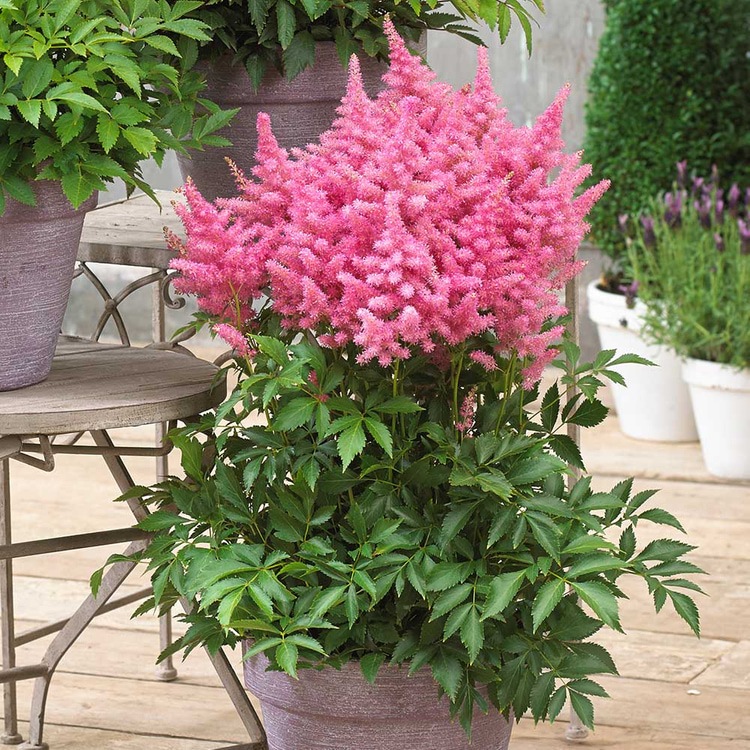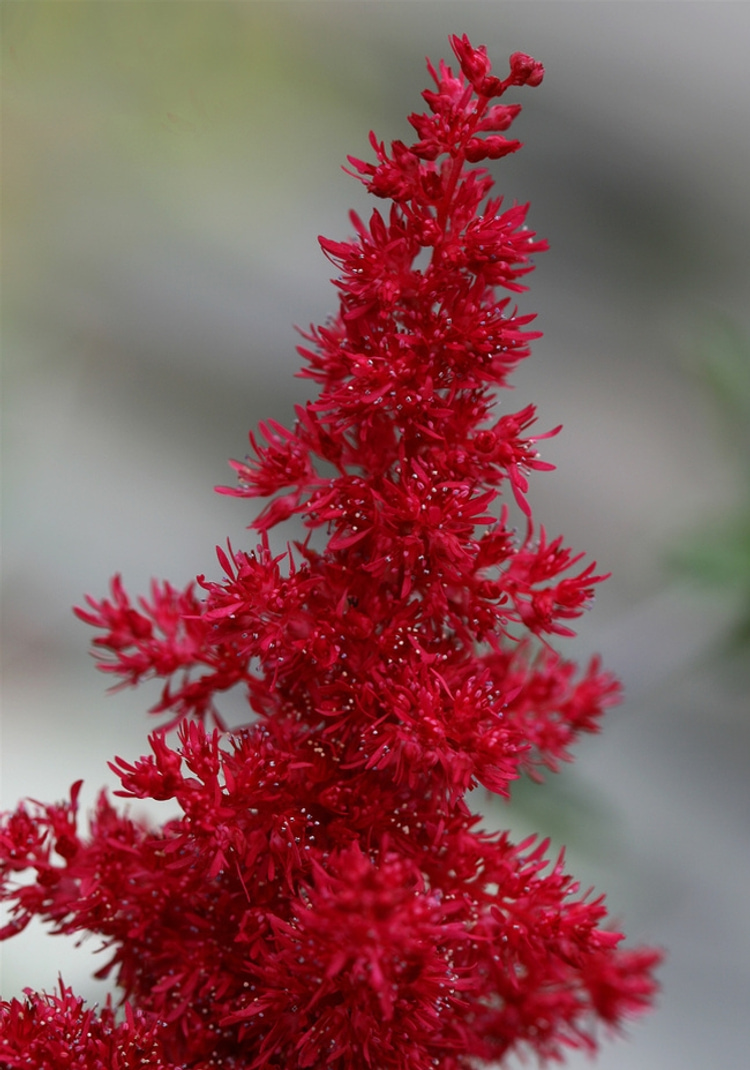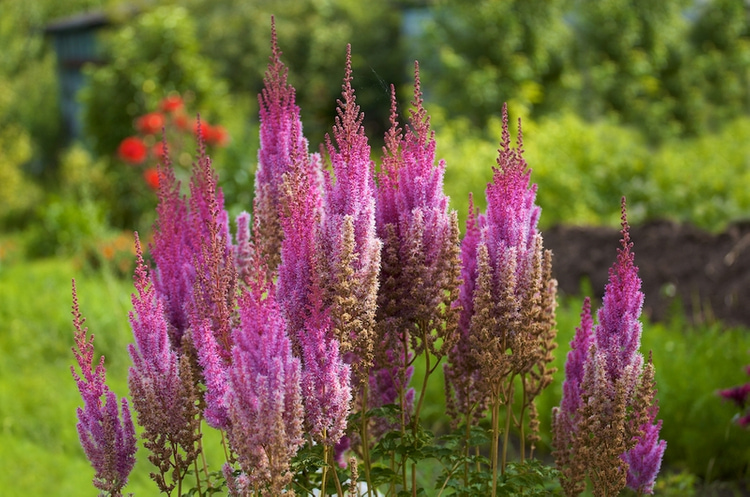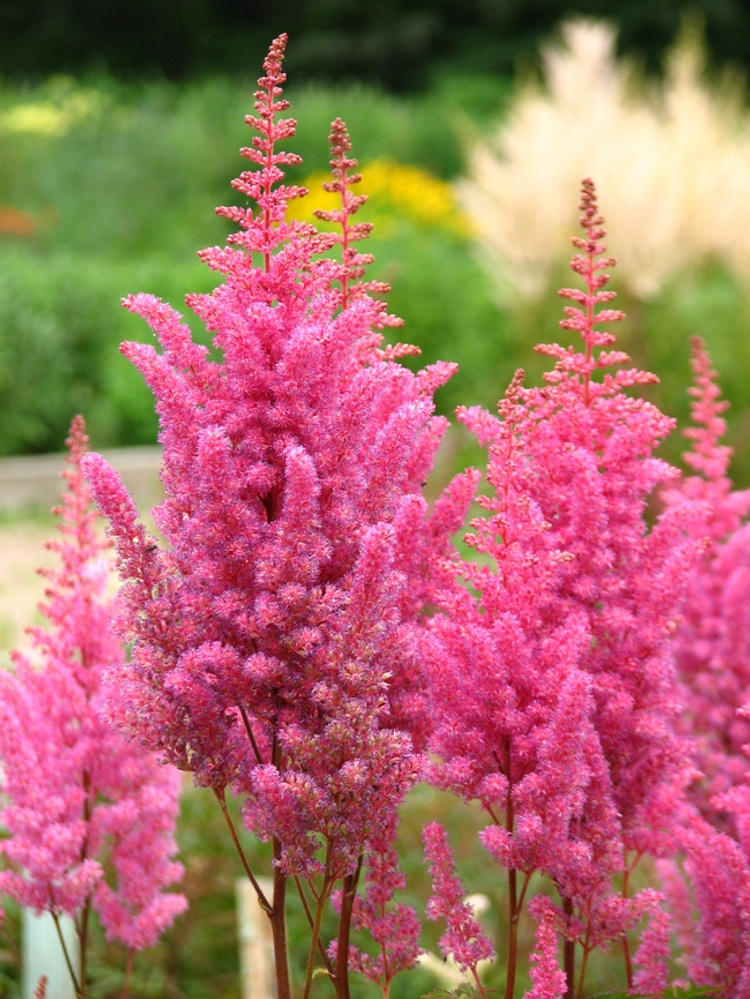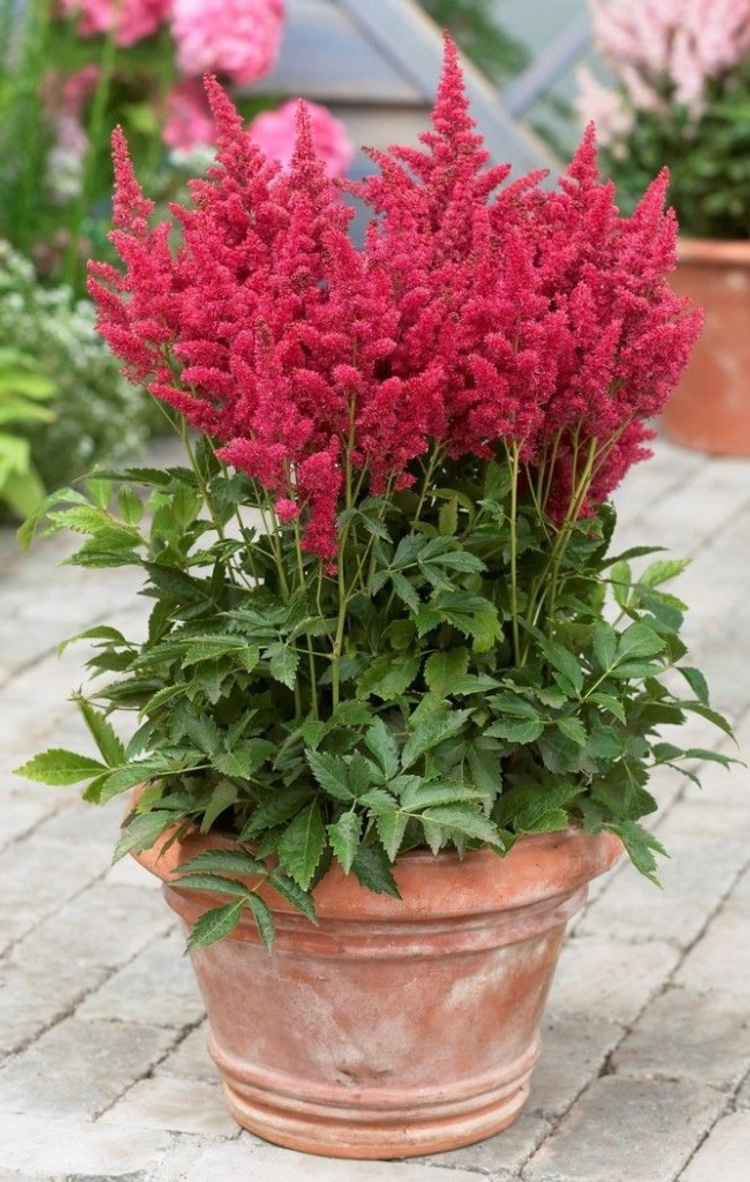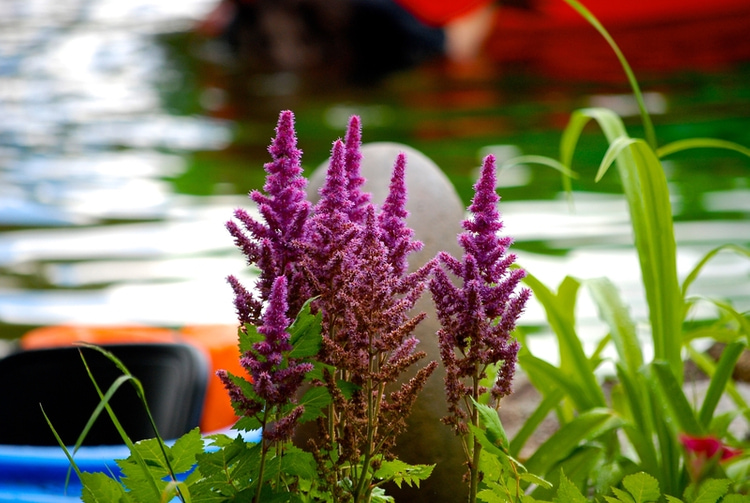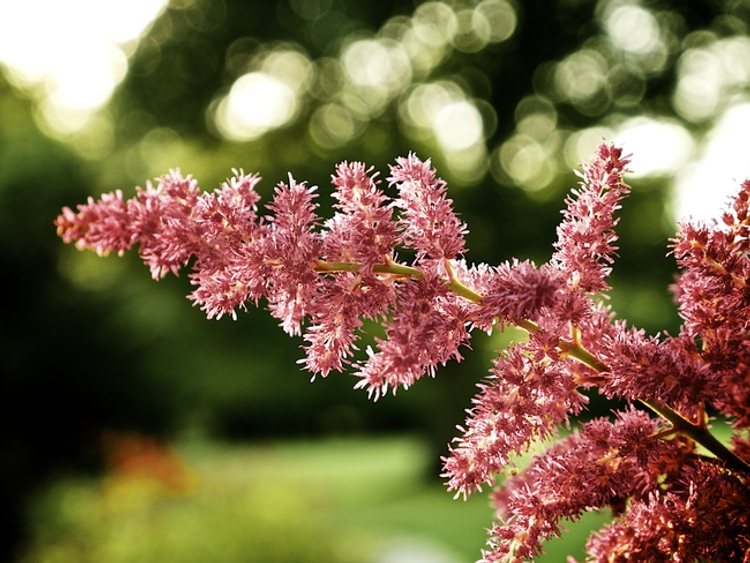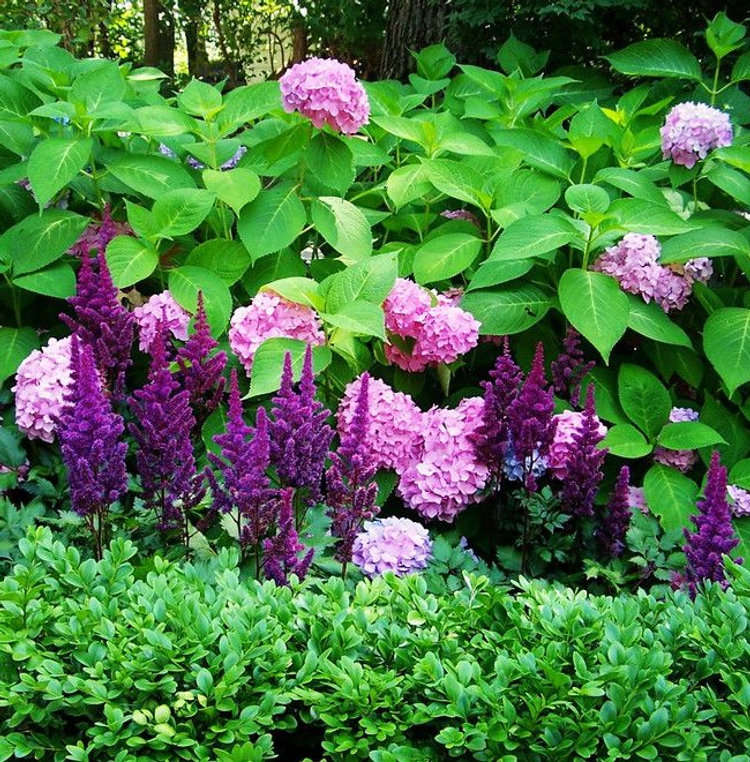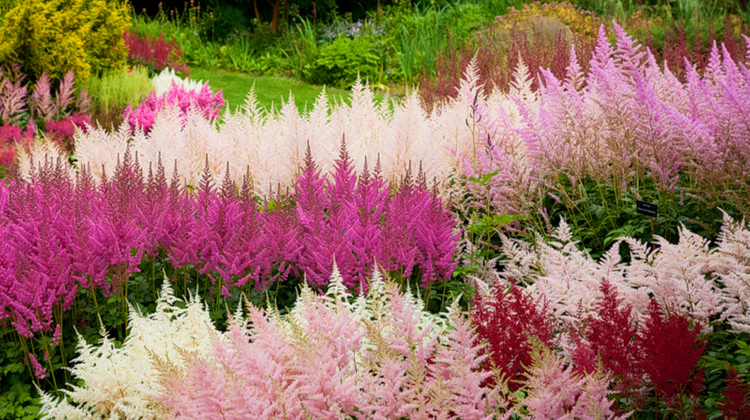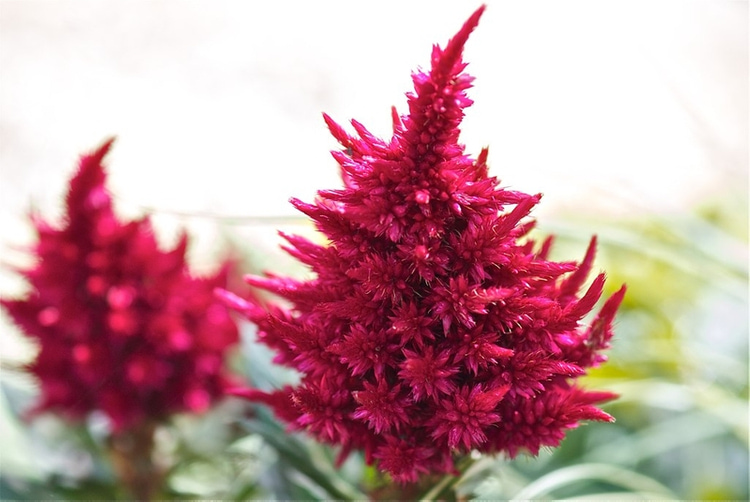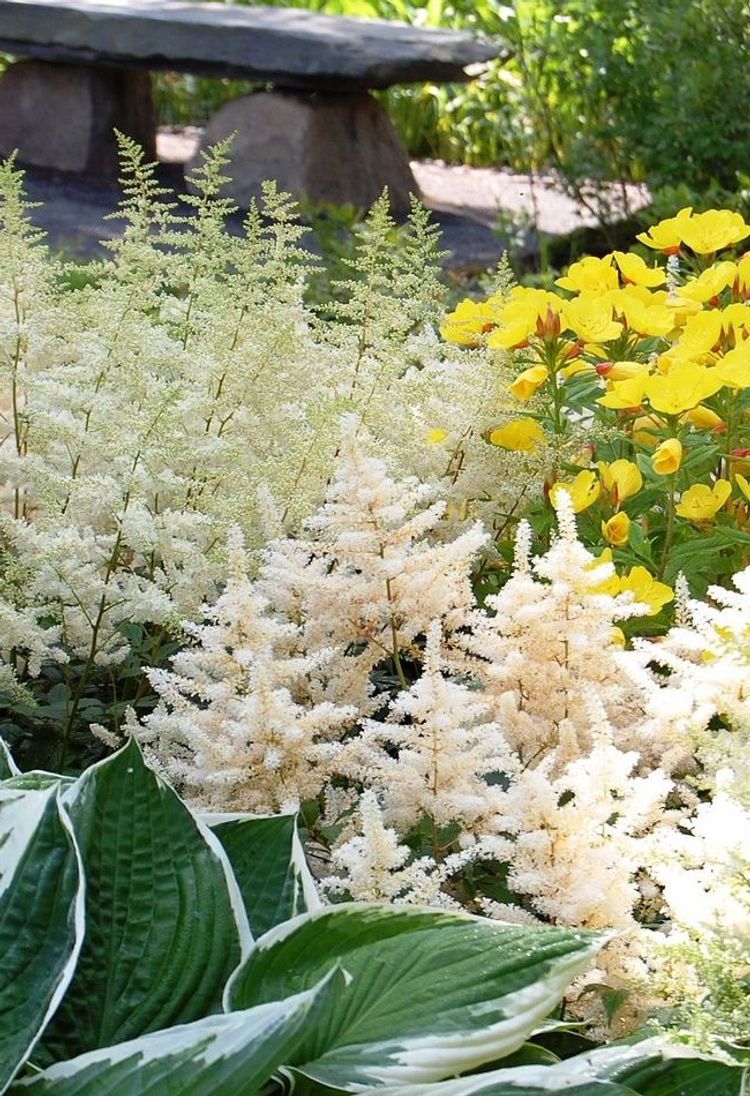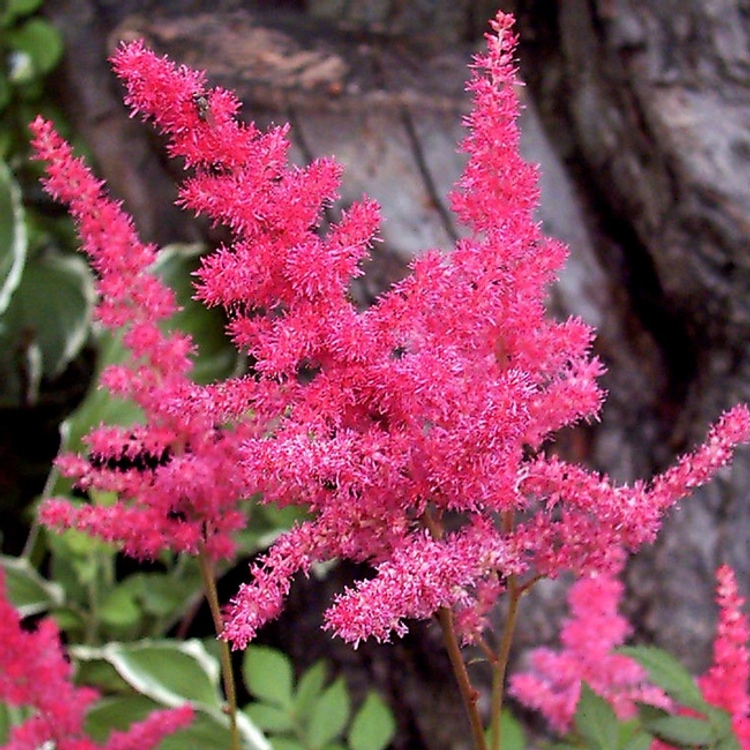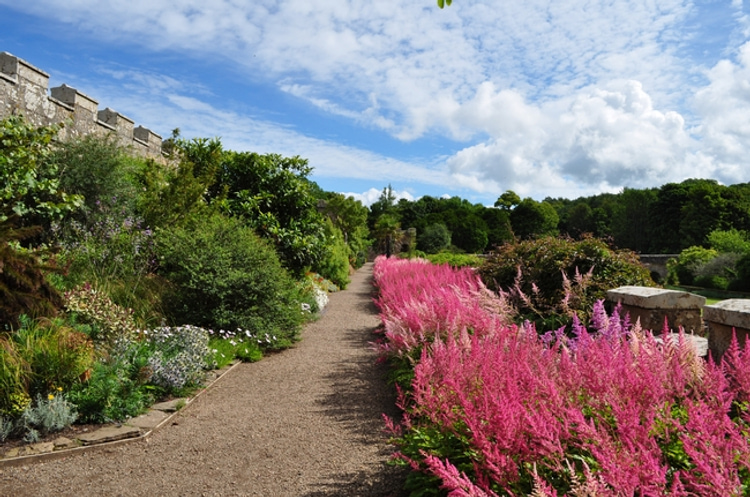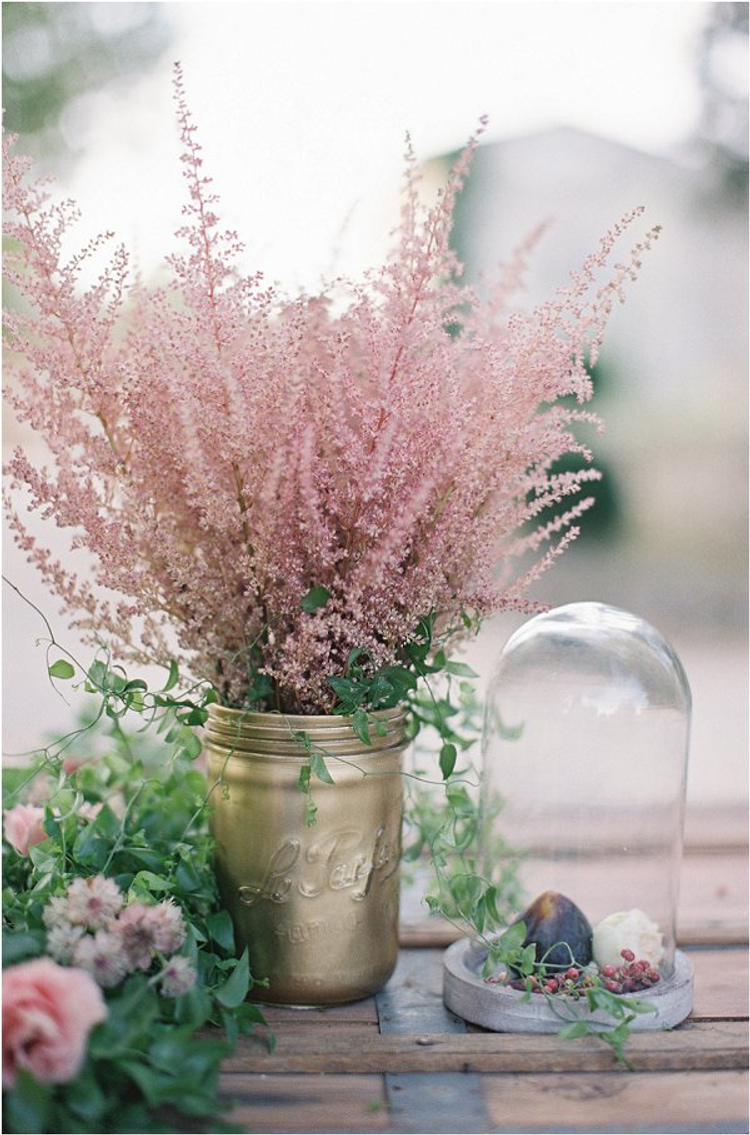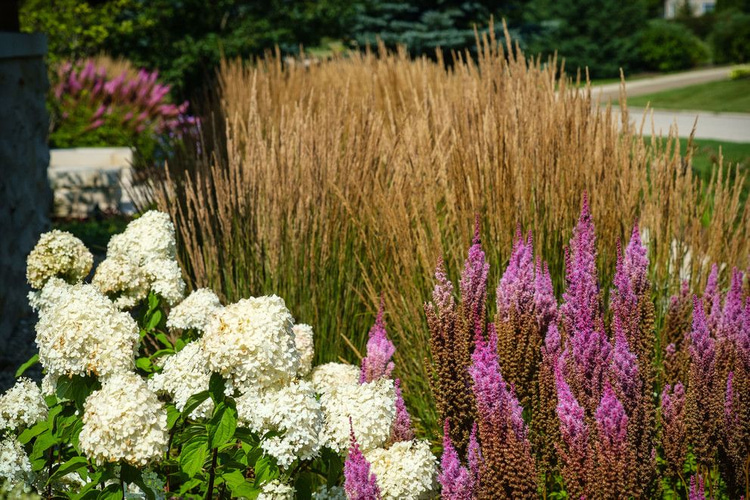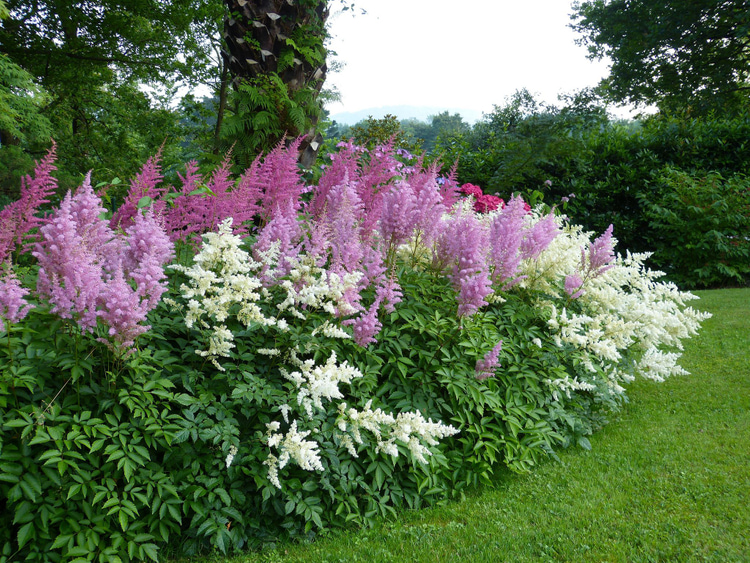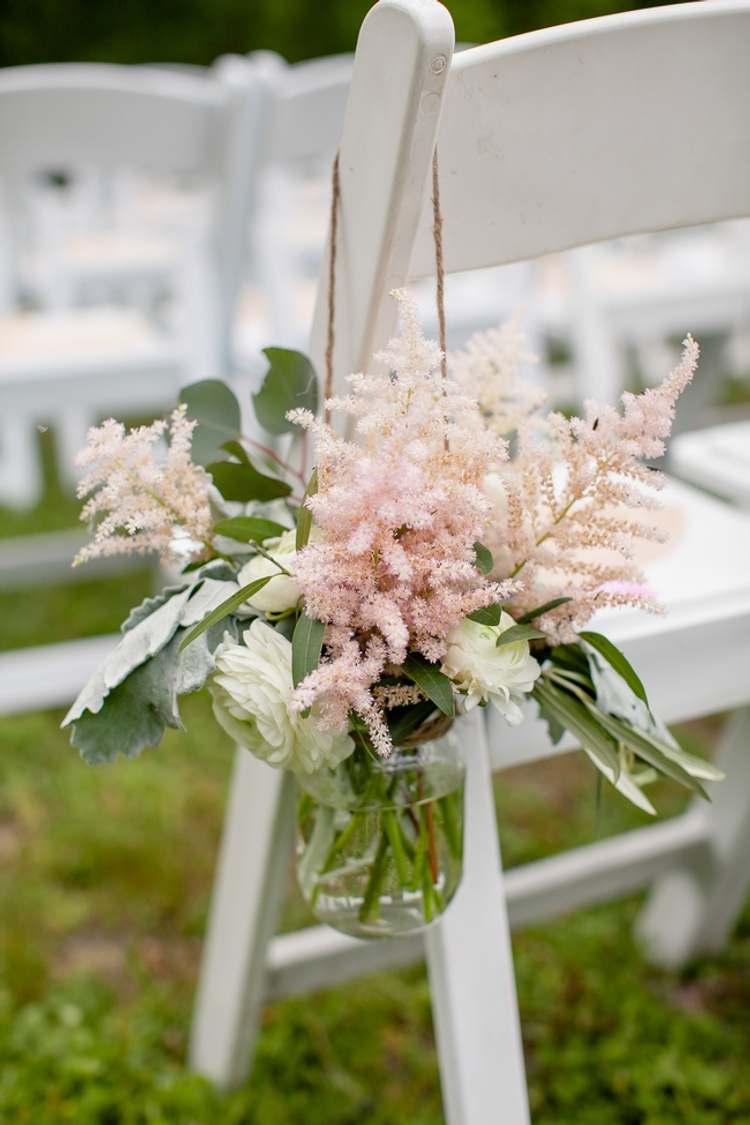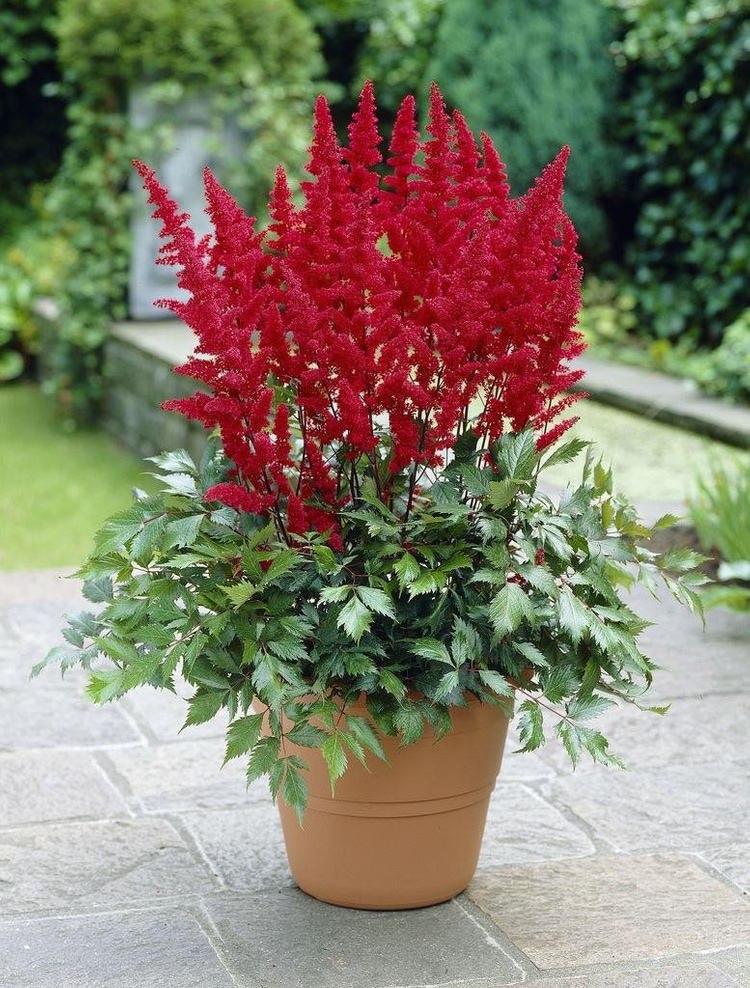Astilbe is a stunning perennial plant known for its beautiful, feathery plumes of flowers and its ability to add a touch of elegance to any garden or landscape. In this comprehensive guide, we will explore everything you need to know about planting, growing, and caring for astilbe. From selecting the right location to providing the ideal growing conditions, we will cover all the essential aspects to help you cultivate this wonderful plant successfully
Astilbe, also known as False Spirea, is a genus of perennial flowering plants belonging to the family Saxifragaceae. Native to Asia and North America, astilbe is prized for its colorful and showy flower spikes that bloom in various shades of pink, red, white, and purple. Its lush, fern-like foliage adds an attractive texture to garden flowerbeds and borders.

Why Choose Astilbe?
There are several reasons why astilbe is a popular choice among gardeners:
1. Long-Lasting Blooms: Astilbe produces gorgeous plumes of flowers that can last for several weeks, adding vibrant colors to your garden during the summer months.
2. Versatility: With a wide range of cultivars available, you can find astilbe varieties suitable for various garden styles, including shady areas, woodland gardens, and even containers.
3. Low Maintenance: Astilbe is a hardy plant that requires minimal care once established. It is relatively resistant to pests and diseases, making it an ideal choice for beginner gardeners.
4. Attracts Pollinators: The beautiful flowers of astilbe attract pollinators like bees and butterflies, adding life and movement to your garden.
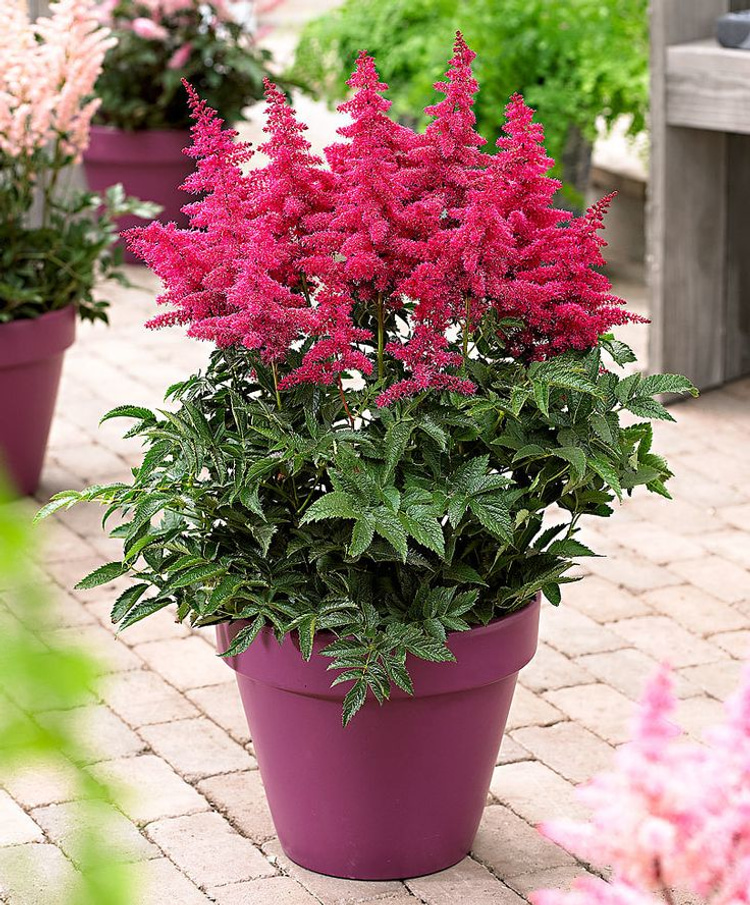
Choose varieties suited for your garden conditions and be sure to pick ones labeled as hardy in your USDA zone.
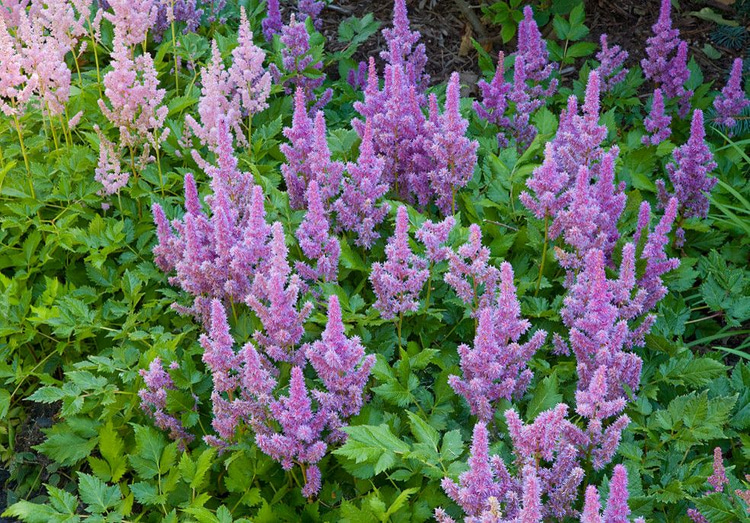
Preparing the Soil
Astilbes thrive in moisture-retentive but well-draining soil. Before planting, work in 2-3 inches of organic matter like compost, shredded leaves, or well-rotted manure to improve soil structure. Astilbes prefer soil that’s neutral to slightly acidic with a pH between 6-7. Amend the soil with peat moss or composted pine bark if needed to lower the pH. Rake the soil smooth and remove any weeds or grass.
Planting Astilbe
Early spring (late March to mid-May in many areas) is the best time to plant astilbes while soils are still cool. Space plants 12-18 inches apart in masses or as accents paired with hostas, ferns, or perennials with similar moisture and sun needs. Dig holes twice as wide as the root ball and only as deep. Spread roots out and backfill with native soil, tamping as you go. Water well after planting.
Astilbes can also be divided in early spring or fall every 3-4 years to keep plants vigorous. Cut stems back to 4-6 inches, dig up clumps, and tease roots apart with your hands or a garden fork. Replant divisions at the same depth they previously grew.
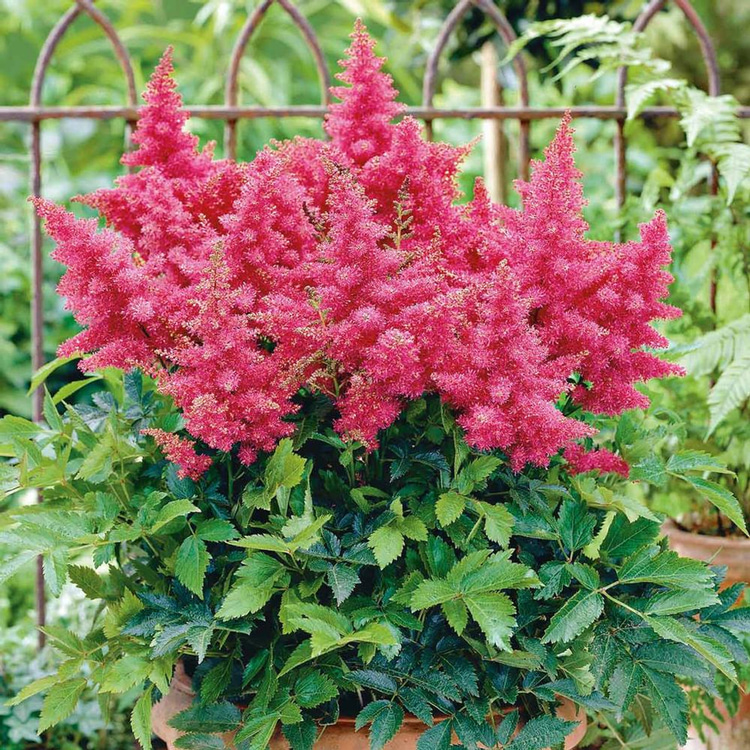
Growing Astilbes
Once established, astilbes are low maintenance perennials. Here are a few care tips:
– Watering: Keep soil consistently moist, especially as flowers emerge. Water deeply 1-2 times per week if rain is lacking.
– Mulch: Apply a 2-3 inch layer of organic mulch in spring to retain moisture and suppress weeds.
– Fertilizer: Feed lightly in spring with a balanced fertilizer. Too much nitrogen will result in lots of foliage but few flowers.
– Pruning: Deadhead spent flower plumes to tidy plants and encourage re-bloom. Cut stems back completely after flowering ends.
– Staking: Taller varieties may need staking if soils are loose. Place stakes at planting.
– Division: Divide clumps every 3-4 years in spring or fall to reinvigorate plants as noted above.
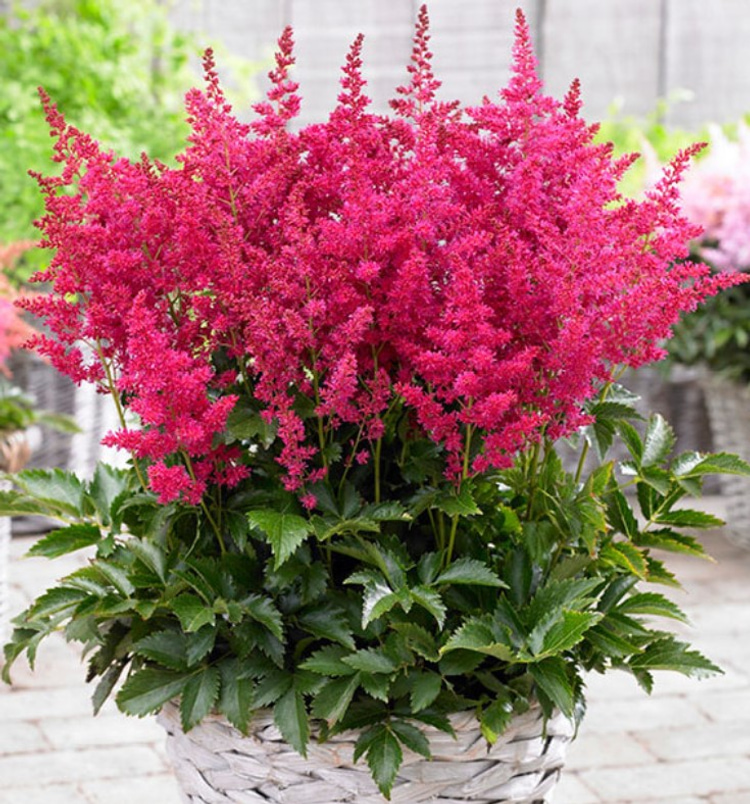
With their long-blooming flowers, astilbes are low-fuss perennials that add lovely seasonal color to shady gardens and borders from summer into early fall. By following these tips, you’ll be ensuring yours thrive for many growing seasons to come!
Astilbe is a stunning perennial plant that can bring beauty and elegance to any garden. With its long-lasting blooms, low maintenance requirements, and ability to attract pollinators, it is a popular choice among gardeners. By understanding its planting requirements, providing proper care, and addressing common issues, you can enjoy the beauty of astilbe in your garden for years to come. Happy gardening!
